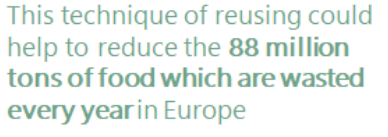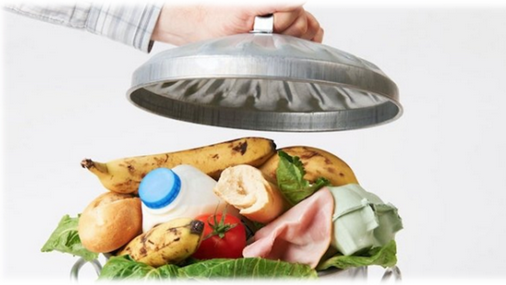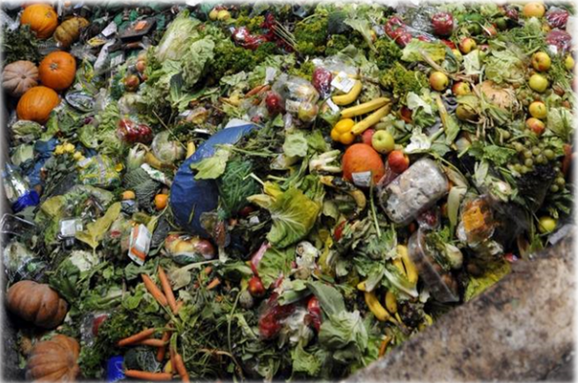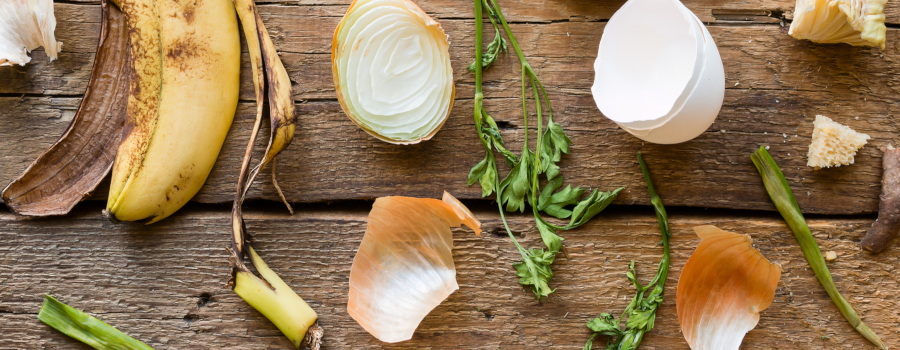Who has not practice “trashcooking” in his kitchen? Aren’t you? It is high time to start. Keep on reading to know how.

“Trashcooking” is the new concept to call the old law of “the food is not pulled” coming from our grandmothers or what today could be called “the circular economy of food” in any article of an R & D + i magazine. That is, reusing the leftovers of one meal to make another or take advantage of the remains of an ingredient to make a new recipe. Some easy examples are cannelloni or croquettes with the leftover meat of the stew, the puree with the vegetables that the child did not want to eat the night before or the colorful and sweet fruit salad made with the fruits about to spoil of the fruit bowl.
Currently, the “trashcooking” especially in vegetables, but also in low-priced fish and meat, is putting to the test the knowledge and techniques of the best chefs to take exquisite dishes in which everything is used and nothing is thrown away. This way of proceeding has increasing support both of the heavyweights of haute cuisine who bet on sustainability through creativity, as well as consumers.

This incredibly beneficial initiative for the environment, it would be much more if it began to become fashionable in all European households as up to 88 million tons of food are wasted every year in the EU. These figures are alarming when we value them on the total: 20% of the food produced in the EU ends up spoiling. Food is wasted during all phases of the food chain, from agricultural production to final consumption. However, it is in households (53%) and in the transformation process (19%) where the most food waste is produced.
On average, a European citizen throws away 173 kilos of food a year. With the Netherlands at the top of the list (541 kg of waste per inhabitant per year) and Slovenia as the country that best manages the use of food (72 kg of waste per inhabitant per year). Spain is below the average (135 Kg), in place 17 of the list of a total of 27 countries. However, there is still a long way to go in improving the management of food. (Eurobarometer and FAO data, 2010 estimates).

And it is not the accumulation of waste itself that is solely responsible for the damage to the environment, but that wasting food also supposes an unnecessary use of scarce resources such as land, water and energy. For every kilogram of food produced, 4.5 kg of carbon dioxide (CO2) is thrown into the atmosphere.
Faced with this worrying situation, the European Parliament is proposing measures to reduce these 88 million tons of food waste by 30% by 2025 and by 50% by 2030. Among the proposals include facilitating food donations, allowing VAT exemptions, or to emphasize the need to put an end to consumer confusion between the labels of preferential consumption and the expiration date.
At CARTIF, we have been thinking about circular economy for years, not yet in your kitchen, but in the revaluation of the by-products of livestock, agriculture and industry and its use in the elaboration of other components of added valued that might be used in human, animal, cosmetic, energy generation, etc. Now it’s your turn, you’re in charge of practicing “trashcooking” in your kitchen and helping our environment.
- From waste to resource: how to give food by-products a second life. - 26 September 2025
- We´ve done it again: A new product on the market! - 31 January 2025
- You can also consume locally - 14 June 2024
